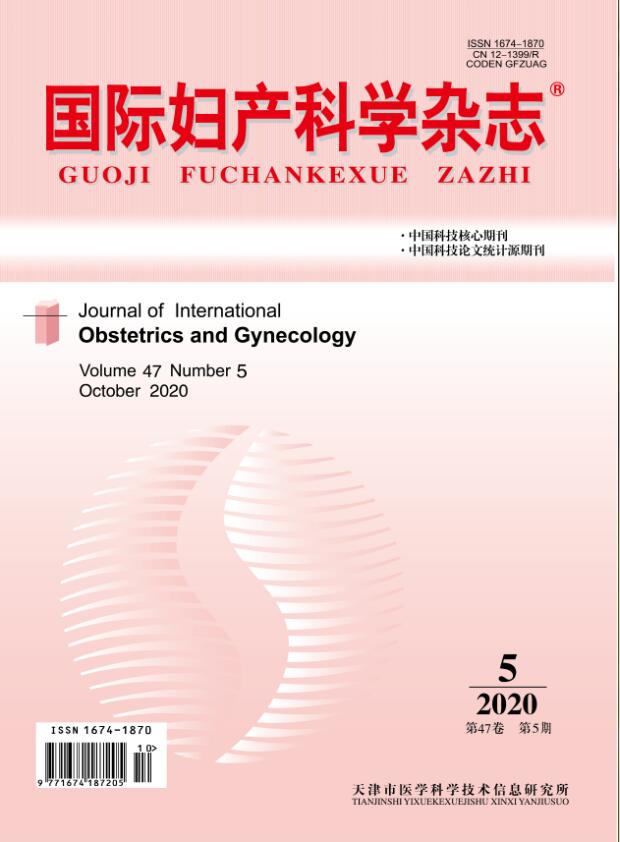|
|
Study on Vitamin D Levels of Maternal and Umbilical Cord Blood in Overweight/Obese and Nonobese Pregnant Women with Gestational Diabetes
MIAO Jun,WANG Hui-yan,SHE Guang-tong,LIU Ke-zhuo
2019, 46 (6):
645-648.
Objective: This study aims to compare the serum vitamin D (VD) levels in maternal and umbilical cord blood between obese and overweight-obese pregnant women with gestational diabetes (GDM). The possible influencing factors were analyzed. Methods: Pregnant women with full term deliveries in Changzhou Maternal and Child Health Care Hospital Affiliated to Nanjing Medical University from Jan. 2015 to Apr. 2017 were selected as study objects. The patients were divided into two groups: normal glucose tolerance group(NGT, 70 cases) and GDM group(70 cases). They were divided into four subgroups according to BMI further: NGT without obesity group (N1) , NGT with overweight-obese group (N2) , GDM without obese group (G1) and GDM with overweight-obese group (G2), with 35 cases respectively. The levels of serum 25(OH)D in maternal peripheral blood and umbilical cord blood were tested. The maternal fasting blood glucose (FBG), fasting insulin (FINS) were also tested and the homeostasis model assessment of insulin resistance (HOMA-IR) was calculated. Results: There was no statistical difference in maternal age, gravidity and parity history, gestational age, calcium and VD intake, time of sun exposure between these 4 groups(both P>0.05). The VD levels of GDM were significantly lower than NGT group (G1 was lower than N1, G2 was lower than N2), the VD levels of obese pregnant women were significantly lower than non-obese pregnant women (N2 was lower than N1, G2 was lower than G1), the VD level of GDM with obese women was the lowest (P<0.05). The level of VD in cord blood of neonates in GDM group was lower than that in NGT group (G1 was lower than that in N1, G2 was lower than that in N2), and the VD level of overweight and obese pregnant women in NGT group was lower than that in non-obese pregnant women (N2 was lower than that in N1), the difference was statistically significant (P<0.05). Maternal VD level was negatively correlated with FBG and BMI before pregnancy, positively correlated with VD intake and duration of sun exposure in pregnancy, and umbilical cord blood VD level was positively correlated with maternal VD (P<0.05). Conclusions: The VD levels of GDM pregnant women are generally low, which is more obviously seen in overweight and obese pregnant women. The blood vitamin D level of neonates is affected by maternal blood, while the maternal blood VD level is affected by FBG, BMI before pregnancy, VD intake during pregnancy and sun exposure time.
References |
Related Articles |
Metrics
|

